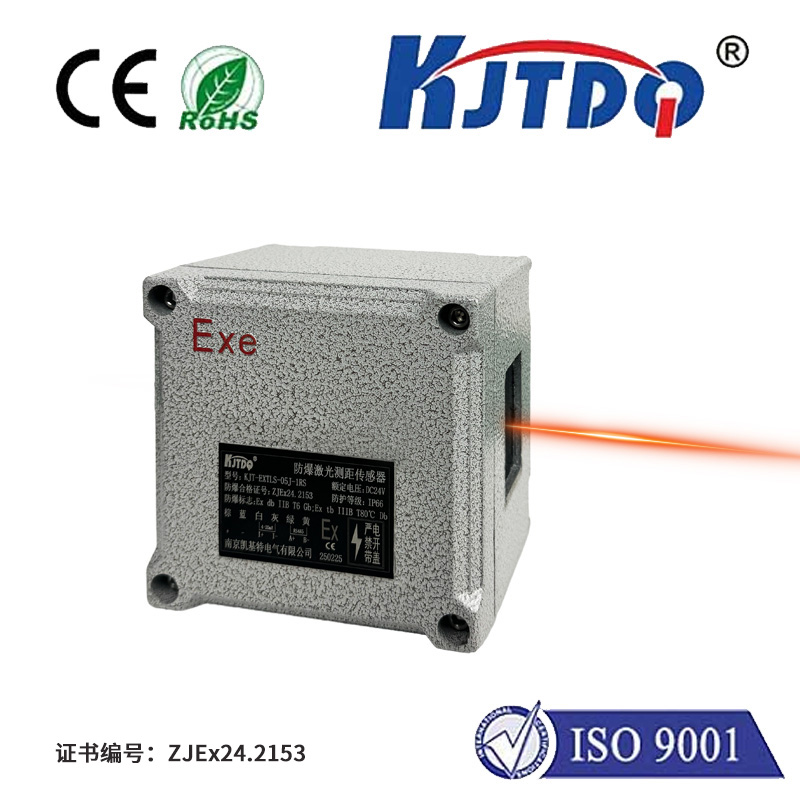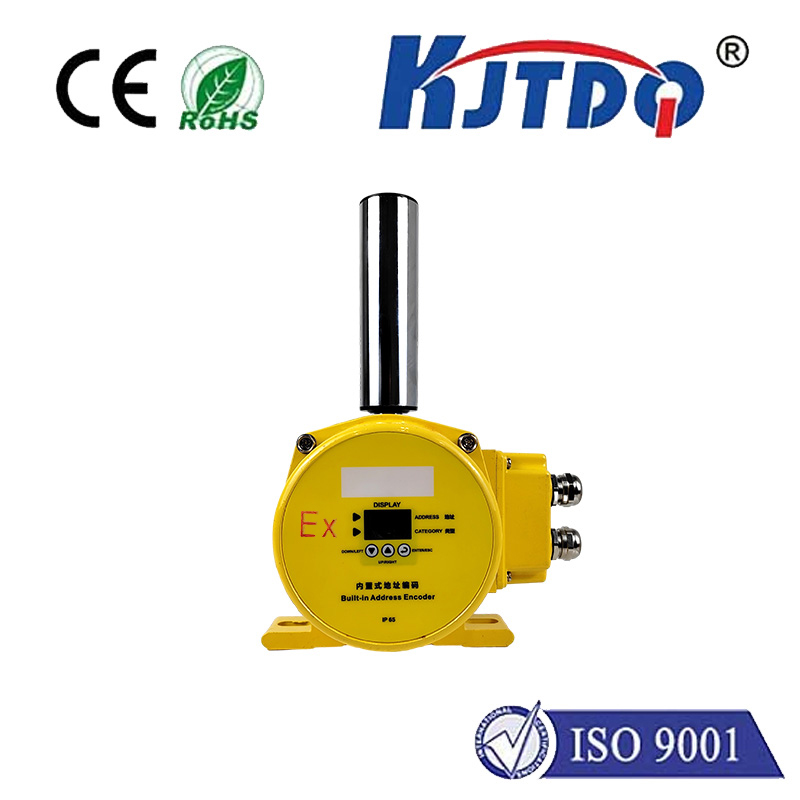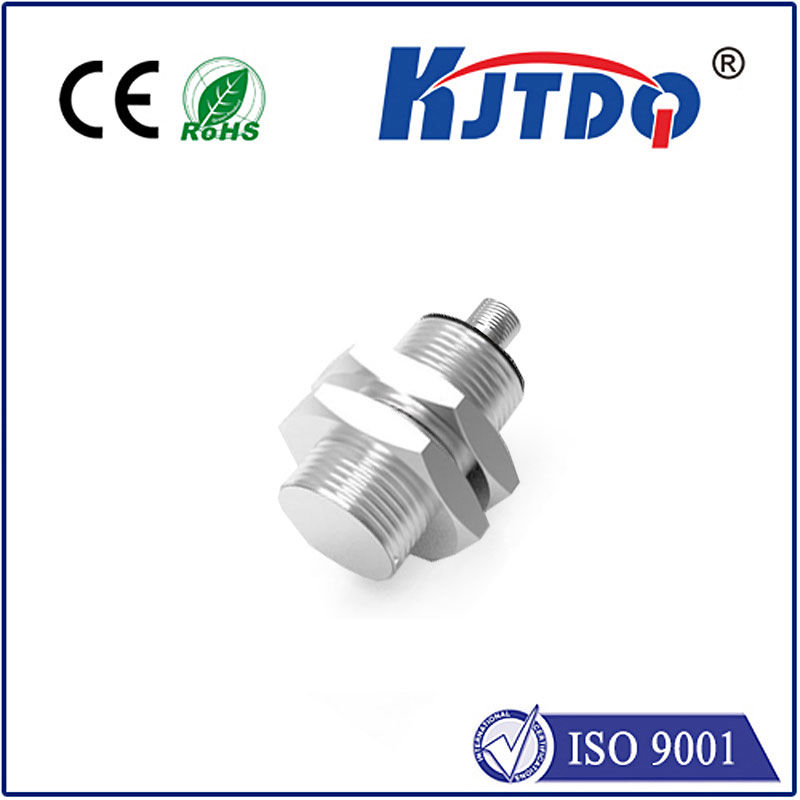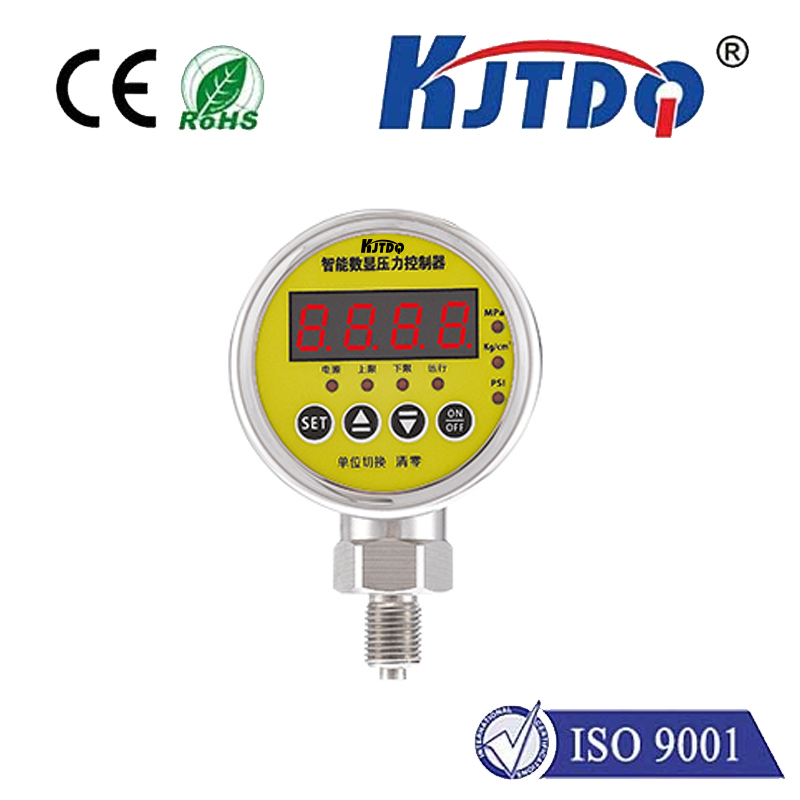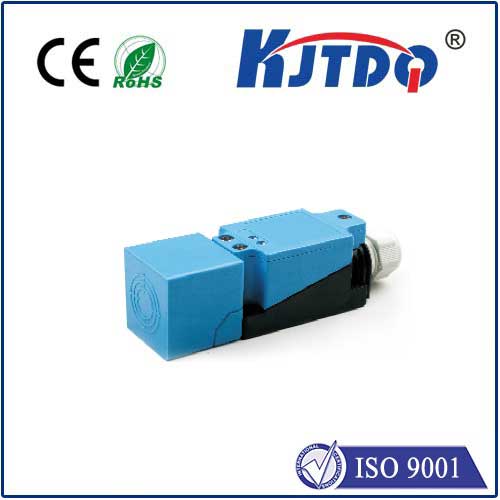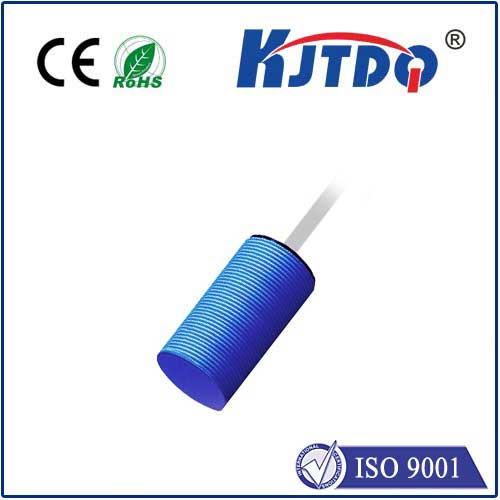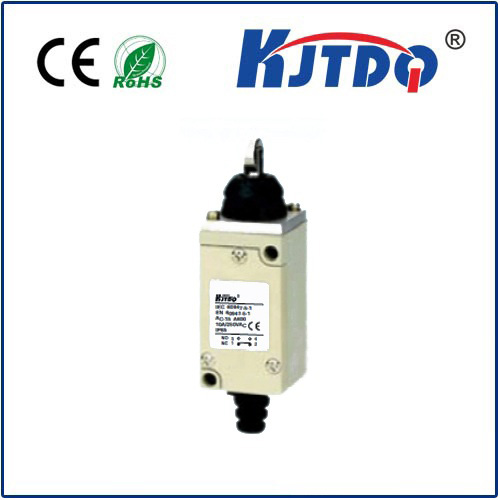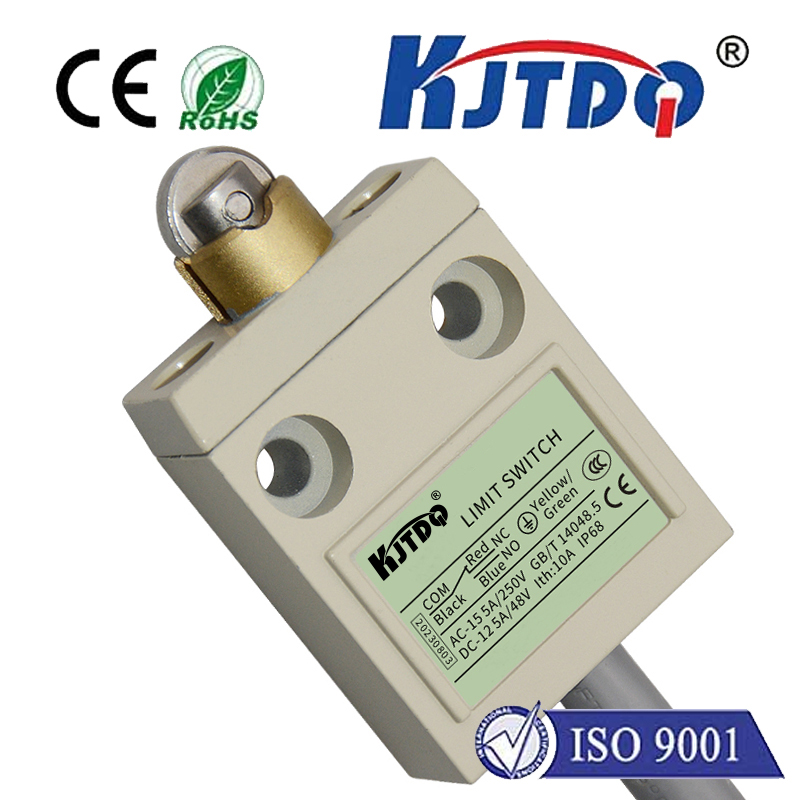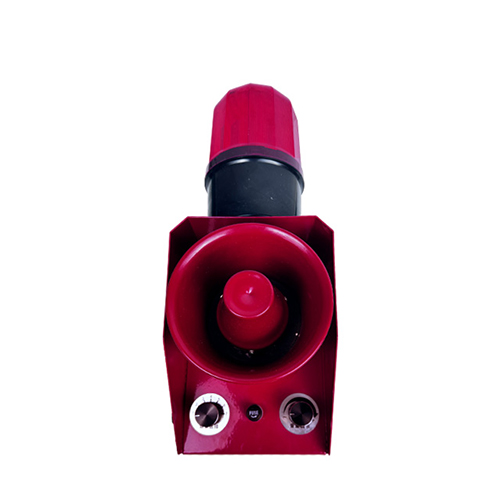

check

check

check

check

check

check

check

check

check

check

Title: Understanding the Vital Role of Temperature Sensor Range in Modern Technology Introduction In the realm of modern technology, temperature sensors play an integral role in monitoring and controlling temperatures in various applications. A critical aspect of these sensors is their range, which determines the minimum and maximum temperatures they can accurately measure. This article delves into the significance of temperature sensor range, its implications for different industries, and how advancements in this area are paving the way for innovations. The Importance of Temperature Sensor Range Temperature sensors are devices that detect and measure thermal changes within their environment. They convert these measurements into signals that can be monitored and analyzed. The range of a temperature sensor refers to the span between its lowest and highest measurable temperatures. This parameter is crucial as it defines the operating conditions under which the sensor will function effectively. A sensor with a wide temperature range can accommodate a broader spectrum of environments and conditions, making it versatile for various applications. Conversely, a narrow range may limit its usability but could offer higher precision within a specific temperature bracket. Therefore, selecting a sensor with an appropriate range is essential to ensure accurate temperature monitoring and control. Temperature Sensor Applications Across Industries Temperature sensors are ubiquitous, finding utility across multiple sectors due to their ability to monitor and regulate temperature-sensitive processes. Here’s how temperature sensor range is pivotal in various fields:
